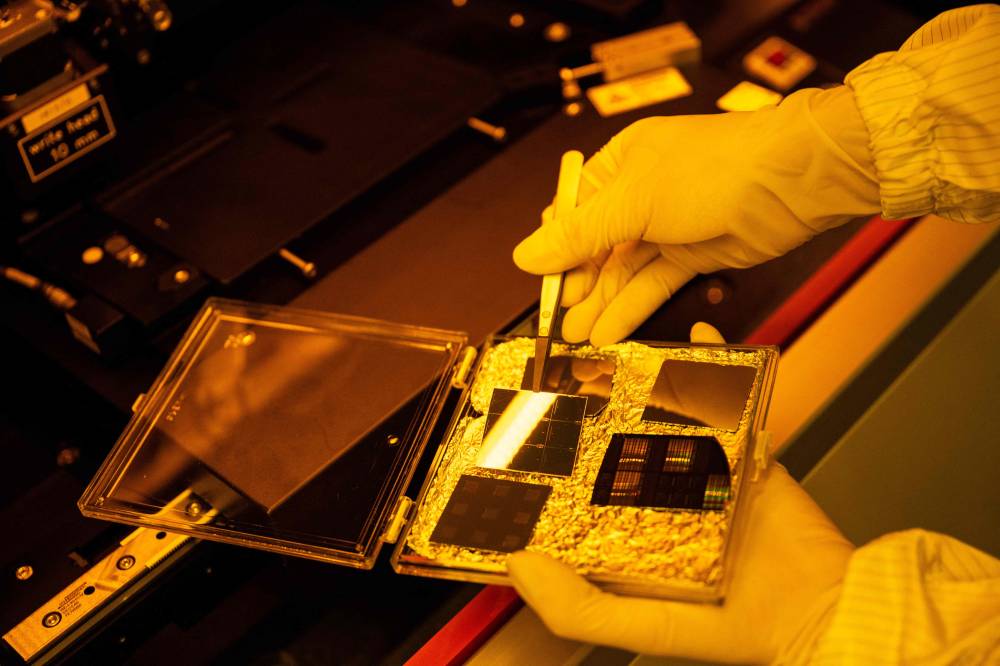Is PH the next semiconductor superpower?

The Philippines is experiencing a resurgence in its manufacturing sector, and the semiconductor industry is at the forefront of this revival. One silently driving this growth is Charles Oblepias, a dedicated employee at Fastech Advanced Assembly Inc., one of the country’s largest semiconductor companies. Oblepias’ journey from a production operator to a process engineer is a testament to the opportunities available within the Philippine semiconductor industry.
The Philippines has a storied history in electronics manufacturing. This legacy has positioned the country as a strategic semiconductor assembly, testing, and packaging (ATP) hub. With the global semiconductor industry experiencing unprecedented growth, the Philippines has a unique opportunity to reclaim its position as a manufacturing powerhouse.
This influx of capital has spurred the development of local electronics manufacturing services companies supported and promoted by the Semiconductor and Electronics Industries in the Philippines Foundation Inc. (Seipi) upon its establishment in the ’80s, which is also powered by the CREATE law and its transition to CREATE MORE.
Recognizing the Philippines’ potential, the United States has included the country as one of its major partners in the Creating Helpful Incentives to Produce Semiconductors and Science Act of 2022, a significant piece of US legislation aimed at boosting domestic semiconductor manufacturing and research. This partnership with the US and other countries such as Costa Rica, Mexico, Panama, Indonesia, Vietnam, and Kenya provides a platform for collaboration and knowledge sharing in the semiconductor industry. By participating in this $13.8 million effort, the Philippines can access valuable insights and best practices from leading experts.
While the Philippines has many advantages, it also faces significant challenges. We have a shortage of skilled workers in the semiconductor industry. We need more Charles Oblepiases to lead the shop floors. Recent data from the Department of Trade and Industry-Board of Investments reveals that despite producing a significant number of engineering graduates, only a small fraction pursue careers in the field. This alarming trend can be attributed to several factors, including an inadequate educational system that fails to inspire young people to pursue STEM subjects. Our weak foundation in STEM at the basic education level makes it difficult for students to succeed in engineering programs. Students lack the hands-on, practical approach central to developing critical thinking and problem-solving skills. Earlier this year, the government set an ambitious goal of producing 128,000 engineers by 2028, but achieving this target will require significant reforms. It is imperative to invest in improving the quality of engineering education, making STEM subjects more engaging and accessible to students, and connecting theoretical to industrial practices.
Despite these, the Philippines has a bright future in the semiconductor industry. Initiatives such as the ITSI Assembly-Test-Packaging Workforce Accelerator implemented by Arizona State University, will provide 6,000 Filipino students with the opportunity to earn credentials in semiconductor packaging, processing, and testing; and the Advanced Manufacturing Workforce Development (AMDev), a United States Agency for International Development and Unilab Foundation-led program that is currently training 11,000 incoming and existing workers in Industry 4.0 skills, are crucial steps in developing a highly qualified workforce.
AMDev, as a workforce development program, has significantly made strides in changing the landscape of the advanced manufacturing industry. From 2023, the program has trained more than 5,000 Filipino workforce including 566 senior high school (SHS) students. AMDev and the Technical Education and Skills Development Authority have launched 10 competency standards and competency-based curricula, equipping our workforce with the skills needed to compete on a global stage.
To thrive in this era, we must urgently boost SHS interest in enrolling in engineering courses, especially, electrical engineering and electronics and communications engineering paths, and develop training regulations for NC Levels III to V. By aligning these standards with the Philippine Qualifications Framework, we demonstrate our commitment to a skills-based economy that can drive sustainable growth and innovation.
Becoming a semiconductor powerhouse is not easy, but the rewards are immense. The time is now for the Philippines to solidify its position as the next semiconductor superpower.





















